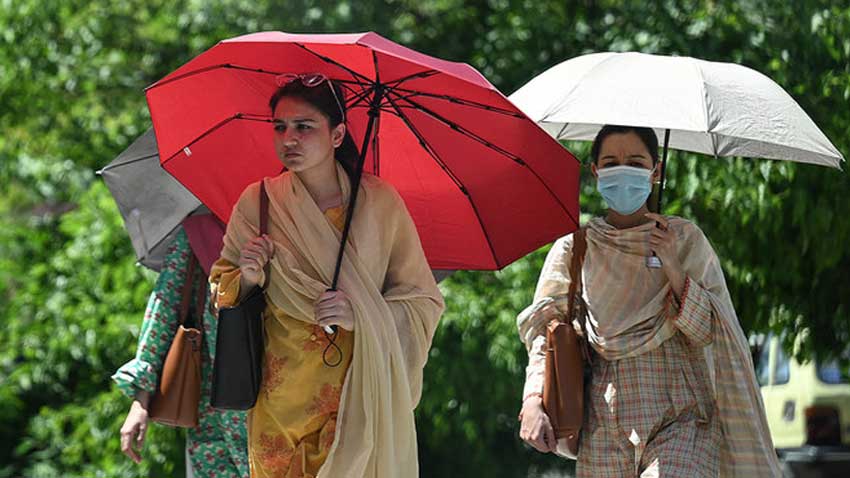
As the temperatures are ranging between 4 and 7 degrees higher than average, the conditions are becoming dangerous for Punjab s citizens, according to the PDMA.
The same warning was issued for Gilgit – Baltistan for the next few days. The Met Office declared a rise in temperature ranging from 5 to seven degrees.
The province’s highest temperature was recorded on Monday at a blazing 47°C. Urban areas like Lahore, Multan and Faisalabad faced sweltering heat at around 45°C, whereas districts like Toba Tek Singh, Sahiwal, Okara, Mandi Bahauddin, Khanewal, Kasur, Layyah, Jhang, and Hafizabad faced temperatures between 40°C and 42°C. Southern Punjab areas, including Bahawalpur, Rahim Yar Khan, Dera Ghazi Khan and Multan, experienced critical conditions, and they will foresee an intense heatwave.
General Irfan Ali Kathia, PDMA director, declared all pertinent agencies to remain on high alert. Dire emergency measures are afoot, such as essential medicines being stocked in order to counter heat-related illness. In the arid Cholistan region, water will be supplied, and there will be implementation of specific heatstroke counters in every hospital.
Also Read: Hajj flight return operation kicks off today
Citizens have been warned on social media by the authorities about the critical risks posed by the severe heat.
An advisory was issued by the PDMA, urging the public to take precautions immediately. In the advisory, citizens have been told to take care of vulnerable groups such as children, the elderly, people that are most at risk of heatstroke and those with preceding health conditions.
Citizens have been guided sternly to avoid outdoor activities and exhausting work and exercise that is unnecessary, especially during peak sunlight hours (10am to 4pm). Hydration and loose cotton clothing in light colours are important to survive this heatwave, and the authority also sheds light on the significance of public vigilance, highlighting that the effects of heatwaves can be quick and drastic.
PDMA helpline is to be immediately contacted at 1129 if citizens face symptoms such as fainting, nausea or dizziness.
Meantime, Pakistan experienced its ninth warmest year on record in 2024, with the national average temperature reaching 23.52°C, 0.71°C higher than the long-term average, according to the Economic Survey 2024-45 issued on Monday.




